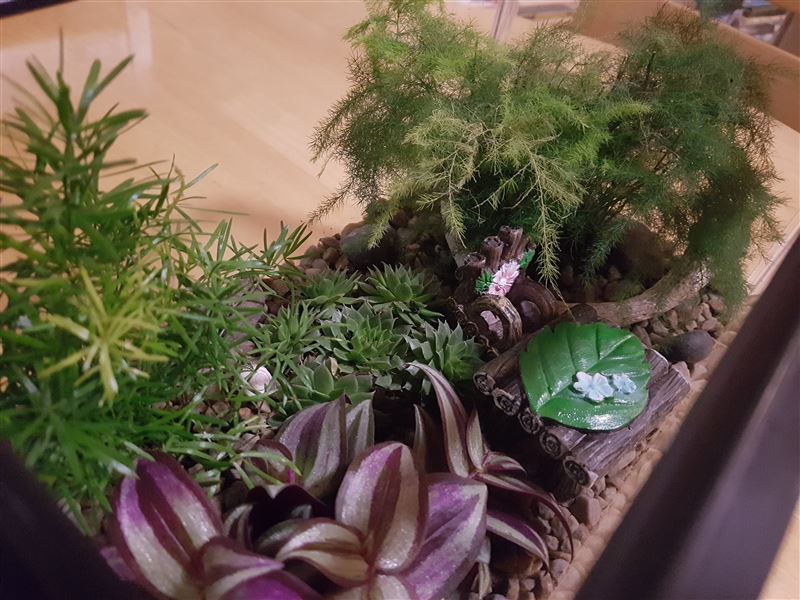Why!?
I’m not sure where the hell this idea came from but the seed was planted, so to speak, when I got a leaking aquarium and some goldfish from my kids for my 43rd 25th birthday recently. I tried fixing the tank but getting the old silicone off was near as hell to impossible so I quickly gave up and splashed out on a cheap new tank which was missing a filter and lighting system, things I realised painfully that you can’t be without when trying to keep pissy, smelly goldfish. So fancy tank number three is now in operation and me and the fish are happy. But what to do with the two old tanks!? I googled “uses for old fish tanks” and a pile of images of Terrariums or indoor gardens in a box came up. Terrariums it was so.
Terrarium Science
After a little research I realised that they were all built the same way pretty much, gravel or stones first in on the bottom for good drainage and root dispersal, then soil or compost for the plants to grow in, then some sand and/or gravel on top mostly for appearance sake. Finish off with some ornaments and there you have it. Simple. The only real complication I found after a little research is that Terrariums can be open (dry) or closed (wet) and the one you choose governs which types of plants you put in. I had two old tanks so why not build one of each?
Requirements
You’ll need the following. Most of it is pretty inexpensive, apart maybe from the plants themselves. Particularly the Cacti:
- A large Glass Box or Bowl (or old fish tank or two)
- Some way of closing or sealing the Terrarium if you’re building a wet one (I used old plywood cut to size)
- Gravel or ornamental pebbles (old aquarium gravel maybe?)
- Soil or Compost (get some in your garden for free)
- Sand
- Small Stones, Sea Shells or other Ornaments
- Plants
How?
- Clean out your container first then add a layer of gravel to the bottom. Deep enough to let water gather or contain meandering roots
- Add a layer of soil carefully, deep enough to contain the plant roots (maintaining the visible layers rather than mixing them gives a nice visual “geological” effect at the end)
- Make holes deep enough to fit your plant roots after removing each from their pots and shaking off excess compost
- Add the plants and press down gently, covering in any gaps with surrounding soil (use a few layers of kitchen roll if handling Cacti)
- Add a layer of sand or decorative gravel with a spoon, placing some under plant leaves if possible to keep things tidy looking
- Add ornaments as required
- Use a soft, small paint brush to “clean up” any errant sand or gravel from plants, glass etc..
Maintenance
Open/Dry
In the case of an open, dry Terrarium, you shouldn’t need to water regularly if at all. Unless you notice extreme drying or plant decay. You water the like of Cacti the same amount you would if they weren’t in a Terrarium but it might depend on latent heat and where you place your Terrarium, ie – in the sun or shade, moist or dry environment. I have mine as a centrepiece of the sitting room coffee table.
Closed/Wet
In the case of a wet or closed Terrarium, it may actually need less maintenance than a dry, open one. The idea, if you do it right, is that you create a mini ecosystem. The plants photosynthesise in the closed, humid environment, expel oxygen etc and the whole process creates moisture that gets trapped inside the container which the plants then absorb again. However if you notice it drying out, just add very small amounts of water. Again, Terrarium positioning is important.
Photo Galleries
Open/Dry
Closed/Wet




















